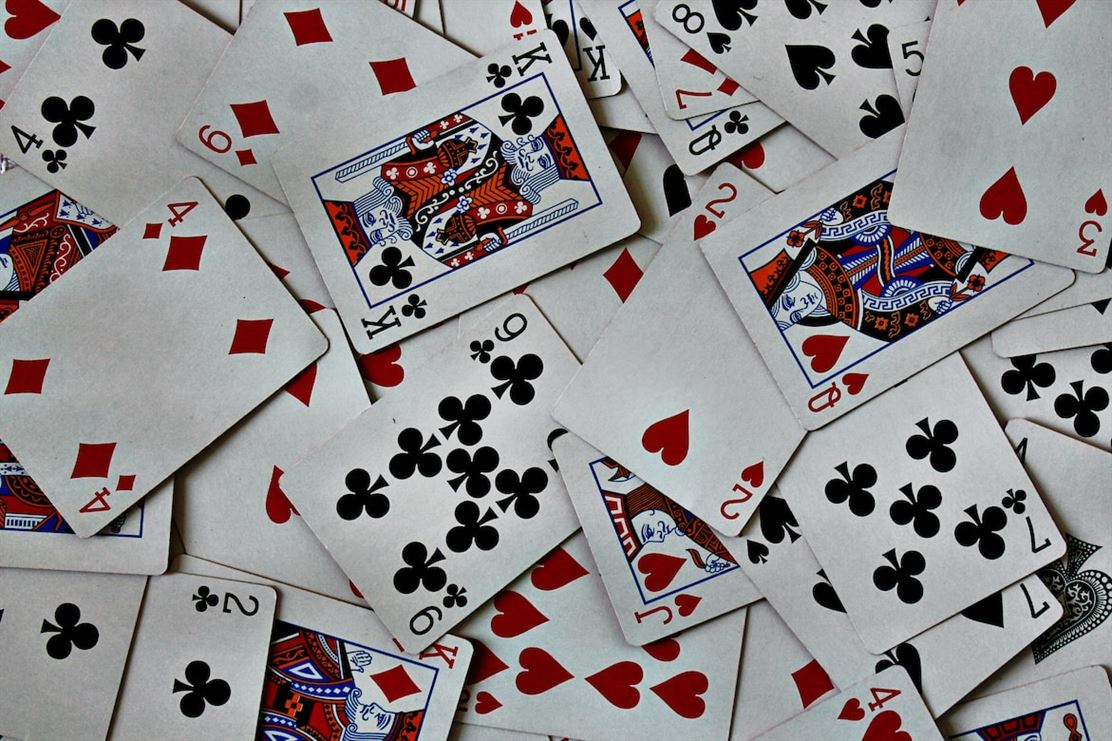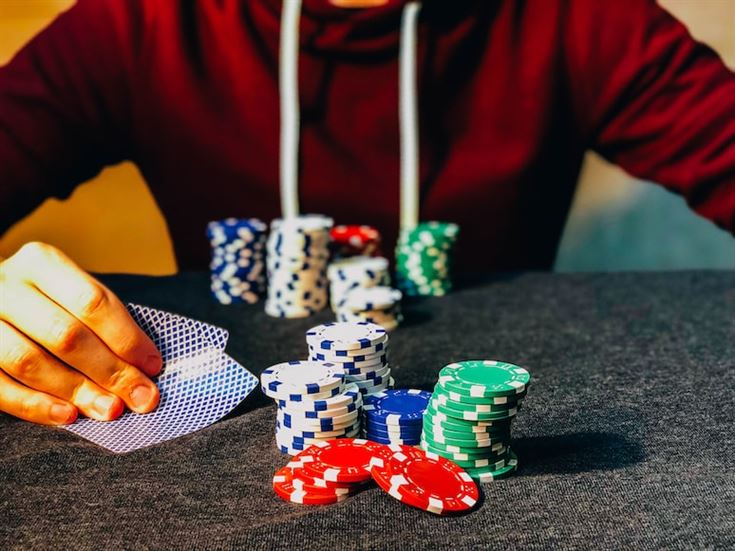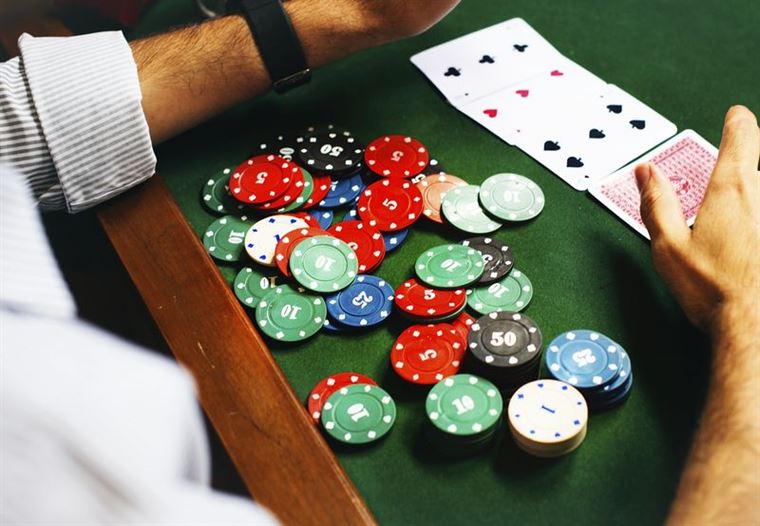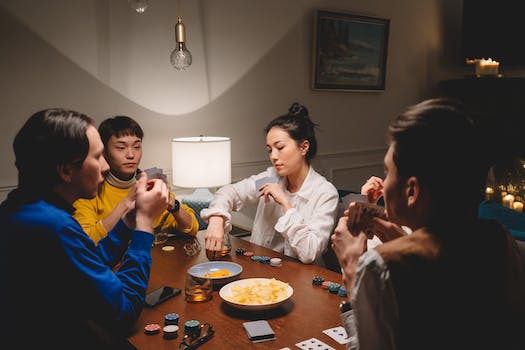Taking a break during a meal is a common occurrence, whether it’s to use the restroom, make a phone call, or simply take a breather. However, it’s important to follow proper etiquette when leaving and returning to the table. By being mindful of others and observing a few simple guidelines, you can ensure a respectful and seamless dining experience for everyone involved.
The Importance of Proper Etiquette at the Poker Table
Proper etiquette is essential in any social setting, and the poker table is no exception. Whether you are a seasoned player or new to the game, understanding and practicing proper etiquette can greatly enhance your overall poker experience. One aspect of poker etiquette that is often overlooked is the way in which players leave and return to the table. This seemingly simple action can have a significant impact on the flow of the game and the comfort of your fellow players.
When it comes to leaving the table, it is important to do so in a manner that is considerate to both the other players and the game itself. If you find yourself needing to step away from the table, whether it be to use the restroom or take a phone call, it is crucial to do so at an appropriate time. Ideally, you should wait until it is your turn to act before excusing yourself. This ensures that you do not disrupt the flow of the game or cause unnecessary delays. However, if you find yourself in a situation where you must leave immediately, it is polite to inform the dealer or a fellow player before doing so. This allows them to adjust the game accordingly and prevents any confusion or frustration.
Returning to the table is equally important, as it can be disruptive if not done properly. When you are ready to rejoin the game, it is essential to wait for an appropriate moment to do so. Interrupting the action while a hand is in progress is considered impolite and can be distracting to the other players. Instead, wait for a break in the action, such as the conclusion of a hand, before taking your seat. This shows respect for the game and your fellow players, allowing them to focus on their strategies without unnecessary interruptions.
In addition to timing, there are a few other considerations to keep in mind when returning to the table. It is important to handle your chips and cards discreetly, so as not to reveal any information about your hand to the other players. This means avoiding any unnecessary shuffling or fidgeting with your chips, as well as keeping your cards hidden from view until it is your turn to act. By doing so, you maintain the integrity of the game and ensure a fair playing field for all.
Furthermore, it is important to be mindful of your demeanor when returning to the table. If you have experienced a setback or are feeling frustrated, it is crucial to maintain a calm and composed attitude. Displaying anger or irritation can create a negative atmosphere at the table and may even affect the gameplay of others. Remember, poker is a game of skill and strategy, and maintaining a positive mindset is essential for success.
Leaving the Poker Table: How to Exit Gracefully
First and foremost, it’s crucial to be aware of the timing of your departure. Leaving the table in the middle of a hand is not only disruptive but also considered impolite. It can throw off the rhythm of the game and potentially affect the outcome of the hand. Therefore, it’s best to wait until the current hand is over before excusing yourself from the table.
When you do decide to take a break, it’s important to inform the other players. Simply saying, “Excuse me, I’ll be right back” is sufficient. This lets everyone know that you are not abandoning the game and will be returning shortly. It’s also a good idea to let the dealer know, as they can help ensure that your chips are protected while you’re away.
Once you’ve excused yourself, it’s important to leave the table promptly. Lingering around the table can be distracting to the other players and disrupt the flow of the game. If possible, try to find a designated area for breaks, such as a nearby lounge or designated break room. This way, you can step away from the table without causing any unnecessary distractions.
While on your break, it’s important to keep track of time. Taking an extended break can be seen as disrespectful to the other players, as it slows down the game and can create an unfair advantage for those who are still actively participating. Aim to keep your breaks short and return to the table as soon as possible.
When it’s time to return to the table, it’s important to do so in a respectful manner. Avoid rushing back and causing a disruption. Instead, wait for an appropriate moment, such as the end of a hand, to rejoin the game. If you’re unsure if it’s the right time to return, you can politely ask the dealer or another player if it’s okay to come back to the table.
Upon returning, it’s important to be mindful of the current hand and not disrupt the flow of the game. Take a moment to observe the action and get up to speed before jumping back in. Avoid making comments or asking questions about what happened while you were away, as this can slow down the game and frustrate other players.
Returning to the Poker Table: Resuming Play with Etiquette
Once you’ve left the table, it’s important to return promptly. Taking an extended break can disrupt the game and cause frustration among the other players. If you need to be away for an extended period, it’s best to inform the dealer or a floor manager so they can make appropriate arrangements. This way, the game can continue smoothly without any unnecessary delays.
When returning to the table, it’s essential to do so with grace and respect for the game. Avoid rushing back and causing a disturbance. Instead, wait for a suitable moment to rejoin the action. This could be during a break or when a hand has just concluded. Observing the flow of the game and finding the right moment to return shows consideration for your fellow players and helps maintain a harmonious atmosphere at the table.
As you approach the table, it’s customary to wait for the dealer’s acknowledgment before taking your seat. This allows the dealer to ensure that the game is ready to resume and that all necessary preparations have been made. Once you’ve received the go-ahead, take your seat calmly and quietly. Avoid any unnecessary noise or distractions that could disrupt the game.
When you’re back in your seat, it’s important to catch up on what you’ve missed during your absence. Pay attention to the current hand and any changes that may have occurred. Avoid asking other players for a detailed recap of what happened while you were away, as this can slow down the game and irritate other players. Instead, take a moment to observe the action and get back into the rhythm of the game.
Lastly, it’s crucial to remember that returning to the table doesn’t mean you can immediately jump back into the game. Take a moment to collect yourself and regain your focus. This will ensure that you’re mentally prepared to make informed decisions and play your best. Rushing back into the game without proper consideration can lead to costly mistakes and diminish the overall experience for everyone involved.
Etiquette Tips for Taking Breaks During a Poker Game
First and foremost, it’s important to remember that poker is a game of patience and concentration. Players spend hours at the table, carefully analyzing their opponents’ moves and strategizing their own. However, there are times when nature calls or a quick snack break is necessary. When you find yourself in need of a break, it’s crucial to do so in a manner that doesn’t disrupt the flow of the game.
The first step in taking a break is to wait for a suitable moment. Interrupting the action in the middle of a hand can be highly disruptive and may even be considered rude. Instead, wait until the current hand is over before excusing yourself from the table. This shows respect for your fellow players and ensures that the game can continue without unnecessary interruptions.
Once you’ve decided to take a break, it’s important to communicate your intentions to the dealer and the other players. Simply saying, “Excuse me, I’ll be right back” is sufficient. This lets everyone know that you’re not abandoning the game and will be returning shortly. It’s also a good idea to inform the dealer of your intention to take a break, as they can help ensure that your chips are protected while you’re away from the table.
When leaving the table, it’s important to do so discreetly and quickly. Avoid lingering or engaging in lengthy conversations that may delay the game. Remember, the goal is to minimize disruptions and keep the game flowing smoothly. If you need to use the restroom, do so promptly and return to the table as soon as possible.
Returning to the table is just as important as leaving it. When you’re ready to rejoin the game, approach the table quietly and wait for a suitable moment to take your seat. It’s considered good etiquette to wait until the current hand is over before sitting down. This ensures that you don’t disrupt the action and allows the dealer to properly account for your return.
Once you’re back at the table, it’s important to catch up on what you’ve missed. Pay attention to the current chip counts and any changes in the dynamics of the game. Avoid asking other players for a detailed recap of what happened while you were away, as this can be time-consuming and disrupt the flow of the game. Instead, observe the action and adjust your strategy accordingly.
Maintaining a Respectful Atmosphere: Poker Table Etiquette for Breaks
When it comes to taking a break from the poker table, timing is everything. It is important to wait for an appropriate moment to step away. Interrupting the game in the middle of a hand can disrupt the flow and annoy other players. It is best to wait until you are not involved in a hand or until the current hand is completed before excusing yourself. This shows respect for the other players and ensures that the game can continue without unnecessary interruptions.
Once you have determined the right moment to take a break, it is essential to inform the dealer and the other players. Simply stating, “Excuse me, I’ll be right back,” is sufficient. This lets everyone at the table know that you are temporarily leaving and prevents any confusion or misunderstandings. It is also courteous to keep your break as brief as possible, especially if you are playing in a tournament where time is of the essence.
When leaving the table, it is important to handle your chips appropriately. You should never leave your chips unattended or ask another player to watch them for you. Instead, stack your chips neatly and leave them in a safe place on the table. This ensures that your chips are secure and prevents any potential disputes or accusations of theft. Remember, poker is a game of trust, and it is crucial to maintain that trust even when taking a break.
Returning to the table after a break requires a similar level of etiquette. It is important to rejoin the game at an appropriate moment, preferably during a break in the action. Walking back to the table while a hand is in progress can be distracting and disrupt the concentration of the players. Waiting for a suitable moment to return shows respect for the game and the other players.
When you do return to the table, it is customary to wait for the dealer to invite you back into the game. This allows the dealer to ensure that the current hand is completed smoothly before reintegrating you into the action. It is also polite to acknowledge the other players and apologize for any inconvenience caused by your absence. This small gesture goes a long way in maintaining a respectful atmosphere at the poker table.
In conclusion, proper etiquette for leaving and returning to the poker table is essential for maintaining a respectful atmosphere and ensuring the smooth flow of the game. Timing is crucial when taking a break, and it is important to wait for an appropriate moment to step away. Informing the dealer and the other players of your departure is courteous and prevents any confusion. When returning to the table, rejoining at a suitable moment and waiting for the dealer’s invitation shows respect for the game and the other players. By adhering to these guidelines, you contribute to a positive poker experience for everyone involved.




